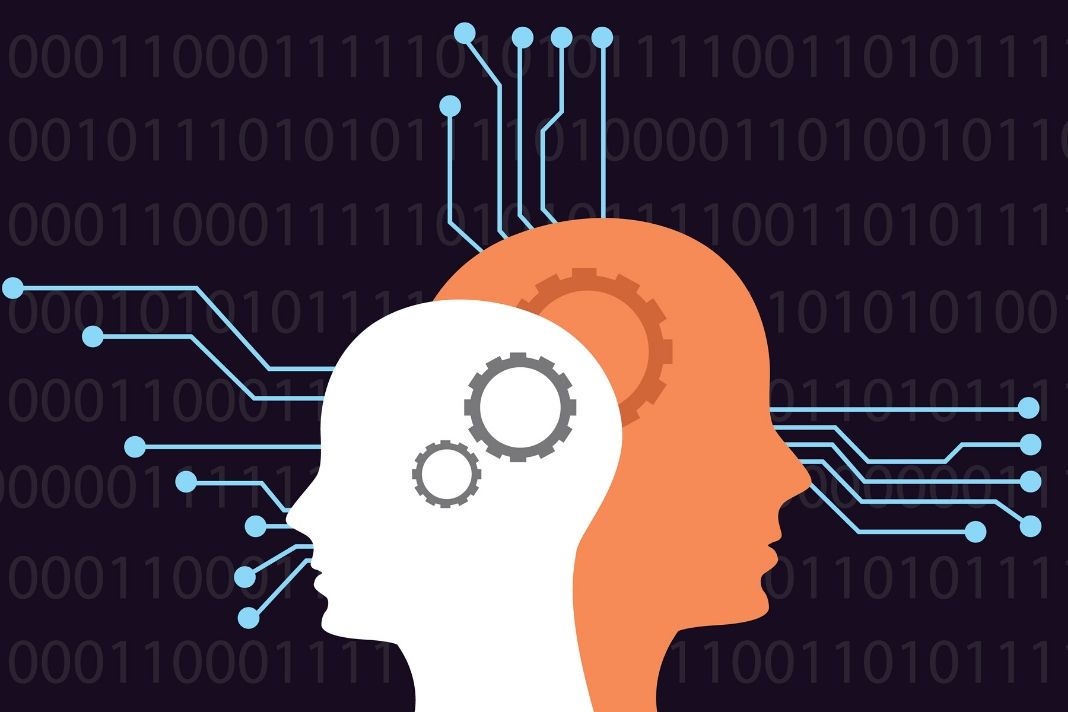As you set an alarm on Alexa for morning yoga exercises, talk with Siri on your Apple devices, or use word prediction software to write an email to your boss, have you ever wondered how those technologies are developed and who made them? How is it possible for machines to understand human language and perform the tasks we want them to do?
This seemingly puzzling phenomenon in which the machine absorbs language data and executes them based on human instruction is a big interest of various kinds of scientific and engineering disciplines, mainly language engineering, computational linguistics, and natural language processing.
In short, modeling the exact design and structure of our natural language from a computational perspective, then using them to bridge the gap between human and machine language, is where these scientific fields come to play in the game.
Scientific studies that revolve around analyzing human language and building tools to help machines understand them are known as language engineering. It is quite a broad field as it uses mathematics, physics, and computer science to understand the human language from the computational perspective, along with applying this knowledge to build many types of technologies we use in everyday life.
If you use Grammarly, a grammar-checking software, you already encountered one type of technology developed by language engineering. Every day, we constantly depend on these types of language technologies to make our life easier, such as using a translation app in a foreign language class, setting an alarm on Alexa, or using word prediction software when writing emails. Thus, language engineering is an engineering discipline that focuses on helping computers to understand (and predict) human language.
Before diving into some exciting projects within these fields, several name terms must be clarified. As computational linguistics (CL), natural language processing (NLP), and language engineering (LE) all focus on analyzing human language from a computational perspective, a lot of people think they are the same and confuse them with another.
However, that is not the case. Each of them is a distinct field and focuses on different areas when analyzing human language.
While CL aims to understand the human language from a more theoretical perspective, the other two, LE and NLP, are centered more on the practical aspects. In other words, CL focuses on the computational research, analysis, and theories of human language, while LE and NLP build practical applications to improve the relationship between machine and basic human language.
Additionally, one can become a computational linguist and get hired as an NLP engineer to various sectors of the tech industry, such as Amazon, Google, and Microsoft. A large number of language engineers are also usually employed at universities, governmental research labs, and large enterprises.
These companies often hire linguistically competent programmers to create voice user interfaces (VUI) that aim to ultimately allow humans to communicate with computers similarly to another person.
Now, let’s take a quick insight into some interesting research. In the recent study conducted by UCLA’s Neural Computation and Engineering Lab, the scientists tried to determine how the human brain carries out computations by using statistical signal processing (SSP) and machine learning techniques.
They mainly concentrated on deep learning and statistical tools to understand how neuron populations in the brain compute complex tasks such as decision making, motor control, and identifying threats. Understanding these computational perspectives on the internal mechanisms of the brain “led to unprecedented artificial intelligence (AI) development in natural language processing.”
Additionally, in recent years, MIT graduate Christine Soh developed speech analysis software to clinically diagnose speech impairment in children. Working with the Speech Communication Group in the MIT’s Research Laboratory of Electronics, Soh has been developing a tool that can extract linguistic information from a child’s speech, such wherein the mouth the sound was created, thus identifying flaws in the proper formation of the word.
“It’s very difficult to correctly diagnose a child because a speech impairment can be caused by a ton of different things,” Soh told MIT News. “We can then use computational techniques to see if there are patterns to the modifications that have been made and see if these patterns can distinguish one underlying condition from another.”
Given the huge emphasis on human language in technology such as Siri, Cortona, Google search, and Facebook recommended articles, a growing number of research studies show that more advances in CA, LE, and NLP will take place in the coming years.
Author

Chin-Erdene is an international student at Seattle Central College and a member of the Editorial Board of Seattle Collegian. He is currently pursuing a degree in computer science and linguistics and aspiring to become a linguistics engineer in the future. As he is from Mongolia, he only started to learn English in the latter part of his high school years, from which he developed a deep passion for linguistics and language structures. He wants to use the applications of computer science and mathematics to analyze written and spoken languages from computational perspectives. In his free time, he loves reading science fiction books, baking sourdough bread, and watching action/sci-fi movies. He is a big fan of Goerge R.R Martin and J.R.R Tolkein.












Be First to Comment